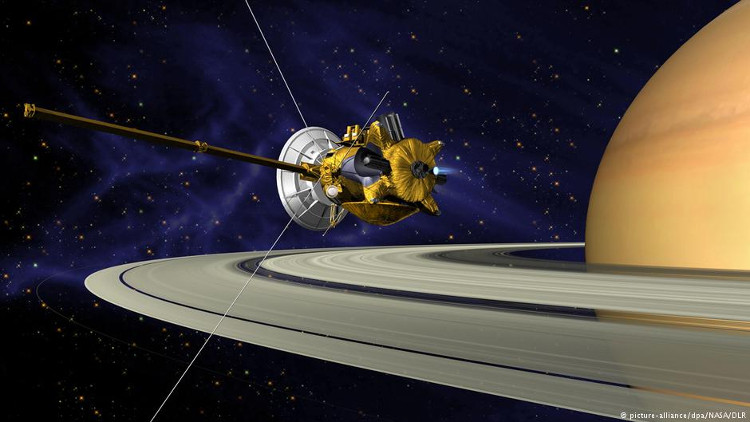NASA will use AI to build automatic space probes
Sending machines that integrate artificial intelligence into space to explore new planets is really significant.
This also means that machines can make decisions quickly without having to wait for guidance from Earth.
Currently, NASA scientists are trying to figure out a way to realize this.
When we send more probes into space, some machines may have to operate completely autonomously, hoping to get more results. They must respond to unexplained and unexplained situations when they land somewhere - and this is when artificial intelligence needs to interfere.
The researchers, Steve Chien and Kiri Wagstaff of NASA's Jet Engine Laboratory, said the machines would have to be "well educated" before making the expeditions.
They will also have to learn to adapt to what they find beyond the vision of our strongest telescope.
"By making its own exploration decisions, the robot spacecraft can perform traditional scientific investigations more efficiently and even achieve observations - which cannot be true. "For example, they can react with light beams with a short life of a comet millions of light-years from Earth," the researchers said.

Space probes have artificial intelligence integration.(Photo: NASA).
Scientists also give an example of the necessity of artificial intelligence, that is, it can recognize the difference between storms and normal weather conditions in a distant planet. This helps it collect many useful documents to provide researchers on Earth.
Like Google using artificial intelligence to recognize dogs and cats in photographs, an explorer spaceship can learn to recognize the difference between snow and ice, or between tap water and water. This adds value and meaning to the collected data.
The researchers say that the detectors that integrate the artificial intelligence that can reach the longest distance are Alpha Centauri (a three-star system close to our solar system).
This star system is about 4.24 light-years away from Earth. Communication at these distances will be done by many generations of probes, after scientists perform tasks in the first places.
And so they give their own "one brain" probes so they can make decisions more quickly and accurately.
Researchers say that the next generation of electronic robots will have to be able to detect interesting features, unwanted features, process and analyze data, and adjust the original plan. when needed.
And when these smart detectors have the opportunity to work together, the effectiveness of artificial intelligence will be even stronger, because these artificial intelligence will be able to overcome challenges together.
We have also seen some artificial intelligence with automatic features in space at the present time. The Mars probe Curiosity has onboard software that helps it select promising targets for ChemCam - a rock research device and other geological features on Red Planet.
According to researchers, by making their own decisions rather than always waiting for instructions from Earth, Curiosity is now much better at finding significant and collectable goals. Bigger data.
Meanwhile, the next exploration machine will be sent to Mars by 2020 that can adjust the data collection process based on available resources, Chien and Wagstaff said.
According to researchers, over time artificial intelligence will become increasingly important for making space trips. Artificial intelligence makes great strides on Earth, and it also plays an important role in how we explore the rest of the universe.
This study was published in Science Robotics.
- NASA: New mission of the Deep Impact and Stardust probe
- NASA once owed $ 400 for 30 years to pay
- NASA consecutively delayed the release of two radiation probes
- NASA proposes to build a space taxi
- Three American corporations started to build 'space taxi'
- New invention by NASA: Use hidden crystals to show directions for new spacecraft!
- Listed the great space exploration missions in history
- NASA wants to build fuel stations in space
- The NASA autonomous probe is about to land on Mars
- Has NASA killed life on Mars?
- NASA built two space observation stations in Australia
- NASA built a space station in the middle of the moon
 The world's first sexless AI voice
The world's first sexless AI voice This cool t-shirt will make you invisible to AI
This cool t-shirt will make you invisible to AI AI can predict personality only through selfie photos
AI can predict personality only through selfie photos The world-famous chess player lost to Golaxy before, artificial intelligence 'made in China'
The world-famous chess player lost to Golaxy before, artificial intelligence 'made in China'